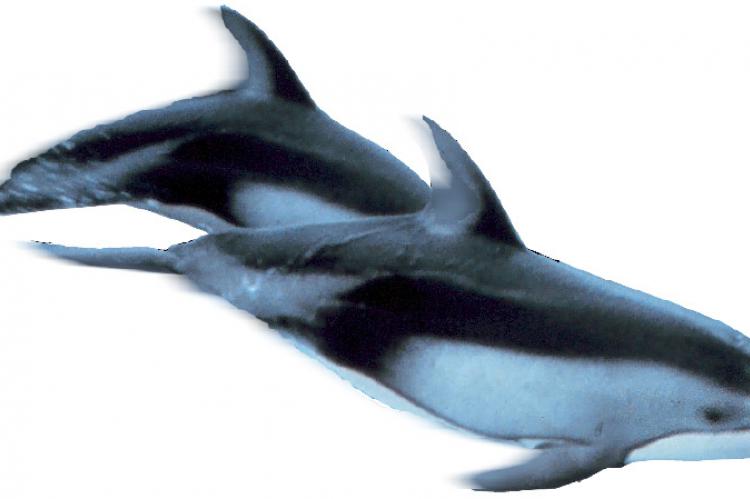Dolphins’ Speed Paradox Solved
High speed videos have shown how dolphins achieve their blinding speeds.
There was something peculiar about dolphins that puzzled the prolific British zoologist Sir James Gray in 1936. He had observed the sea mammals swimming at a swift rate of more than 20 miles per hour, but his studies proposed that dolphins simply do not have the strength to swim so fast. The conun-drum came to be known as “Gray’s Paradox.”
Researchers at the Rensselaer Polytechnic Institute in the US studied the movement of water around dolphins as they swim using special high speed videos cameras. With these the team tracked the stream of bubbles around a couple of retired US Navy dol-phins swimming through a tank filled with millions of tiny bubbles. The technique is called digital particle image velocimetry and works by tracking the movement of individual bubbles, determining their speed and direction, and assigning them a colour.
The more prominent the colour, the faster the water is moving. The results show that dolphins can exert as much as 400lbs of force with their tails when they do their signature “tail-walking”—a trick where they keep upright mostly above water with powerful flips of their tails.
Stronger than thought
Gray had supposed they could produce less than a tenth of this amount, and imagined that something about the dolphins’ skin allowed them to overcome the force of drag in the water and reach high speeds. “For the first time, I think we can safely say the puzzle is solved,” said Tim Wei, the Rensselaer scientist who led the study. “The short answer is that dolphins are simply much stronger than Gray or many other people ever imagined.”


